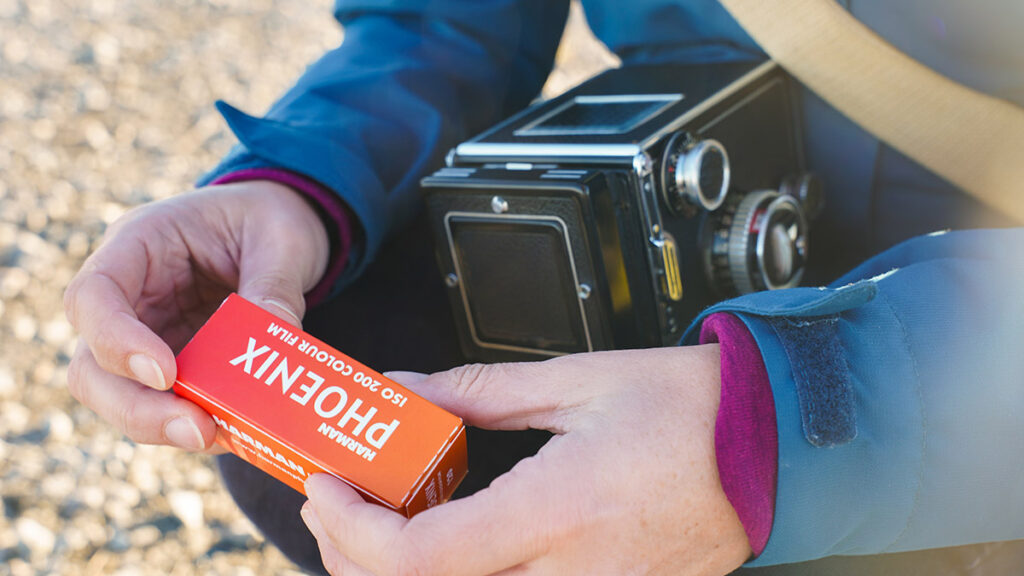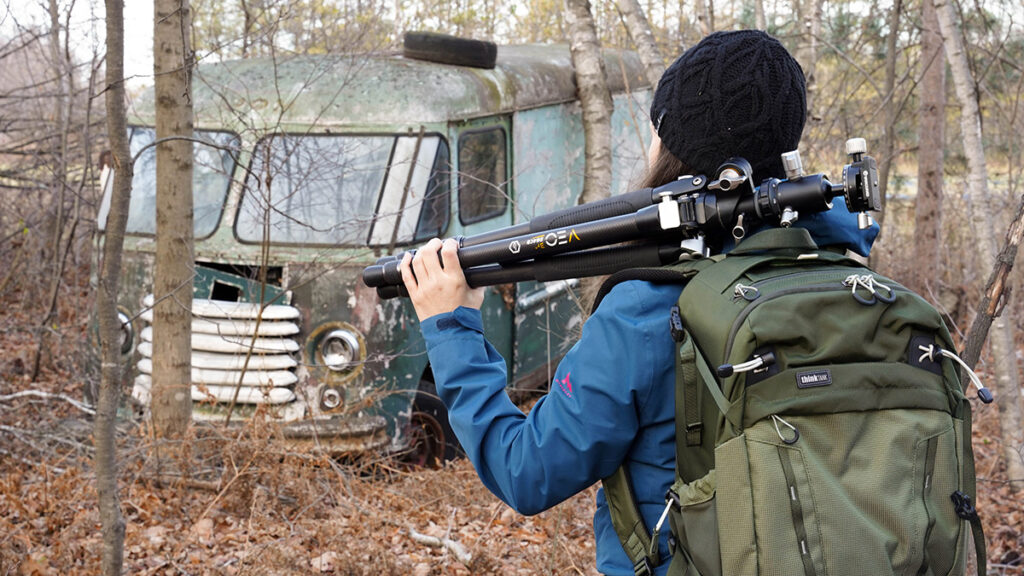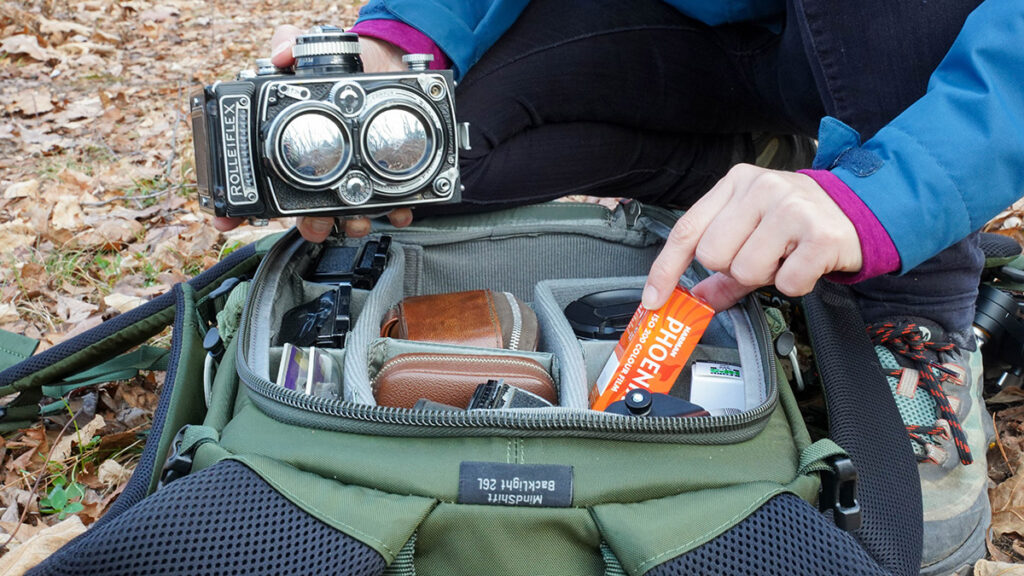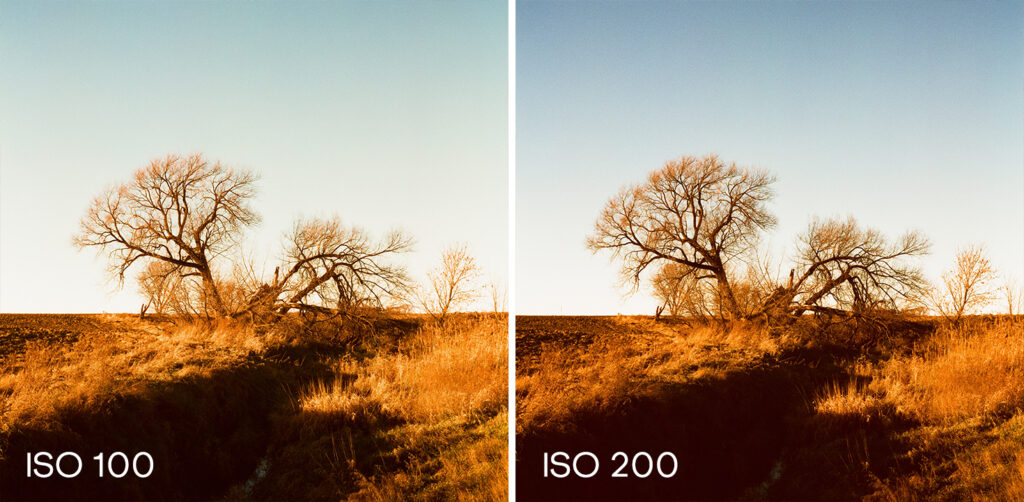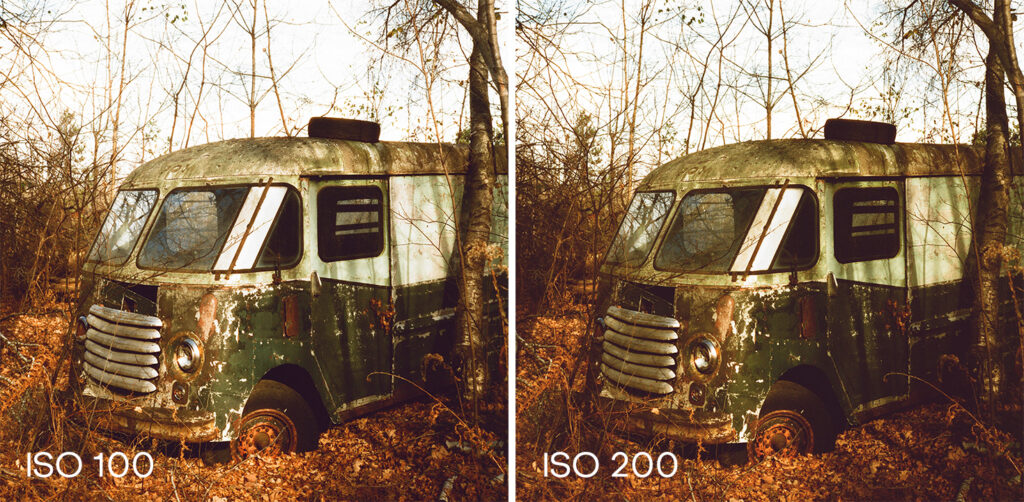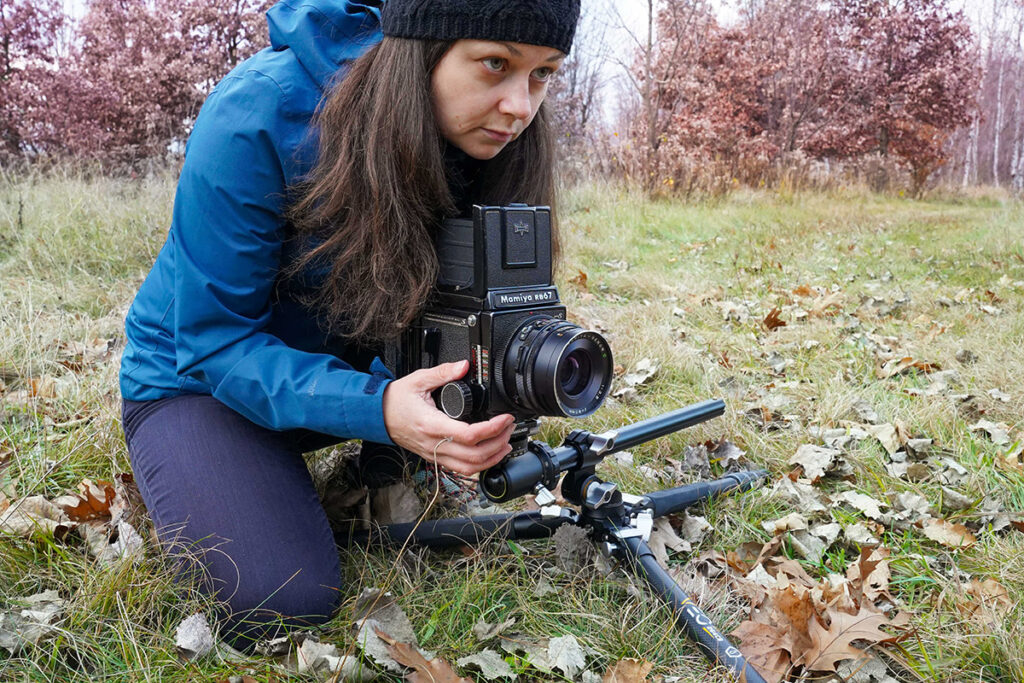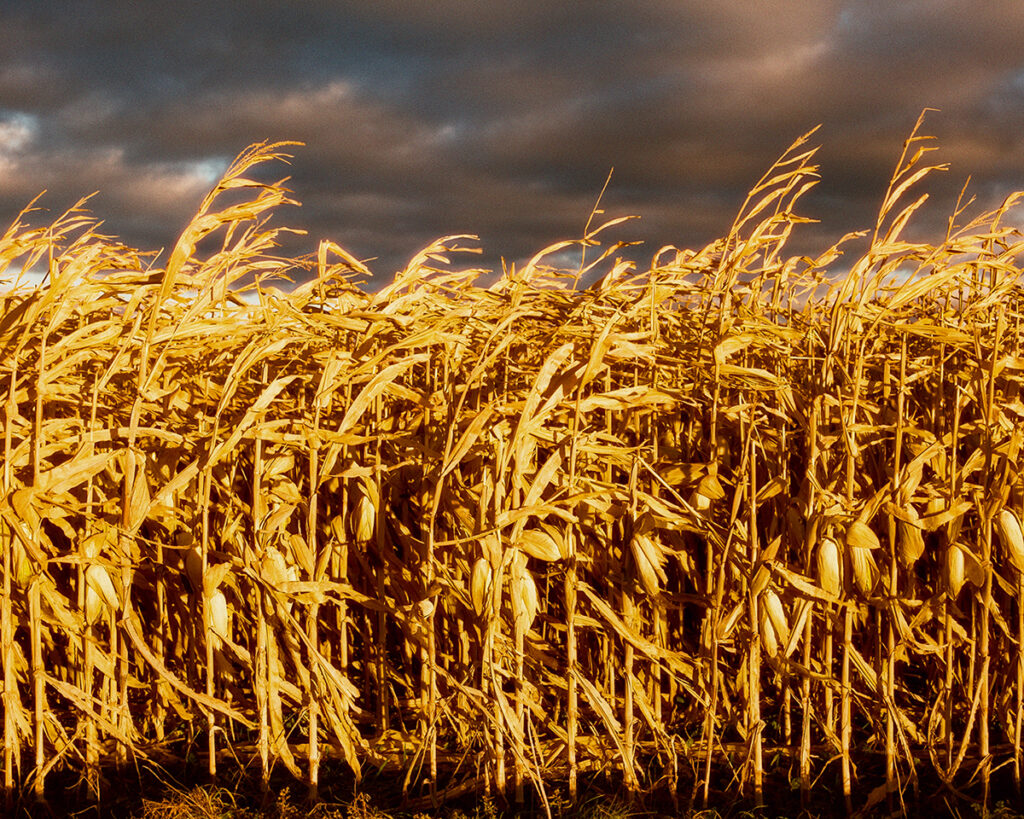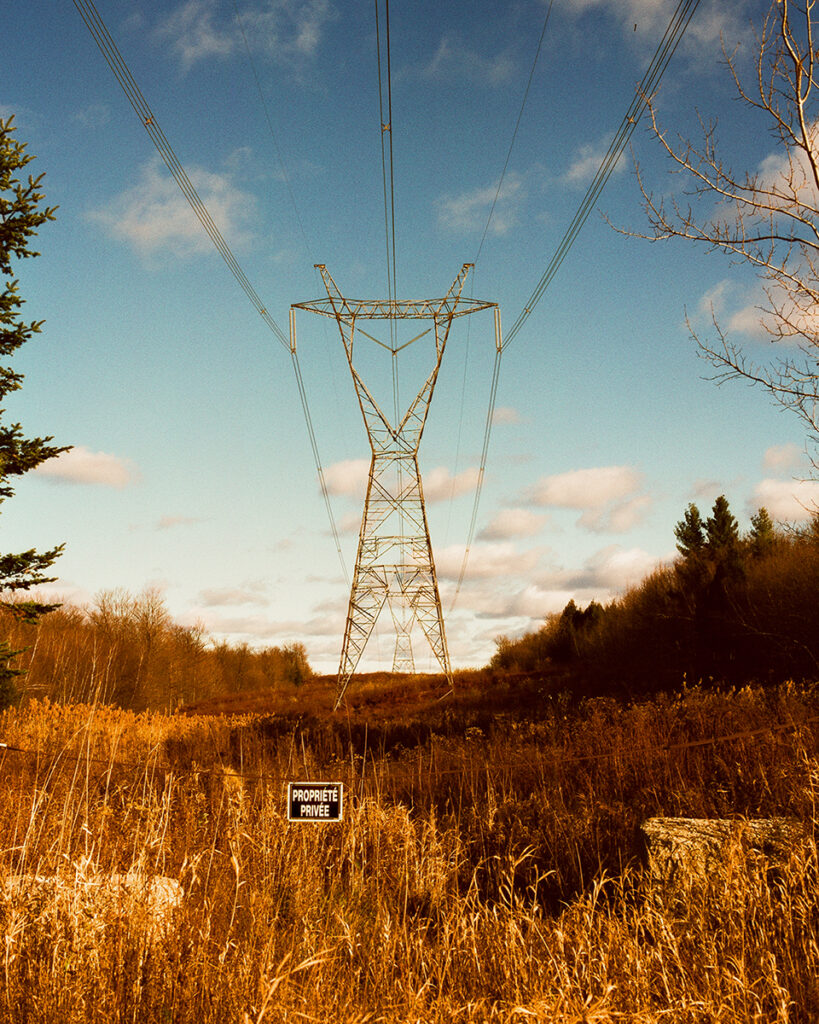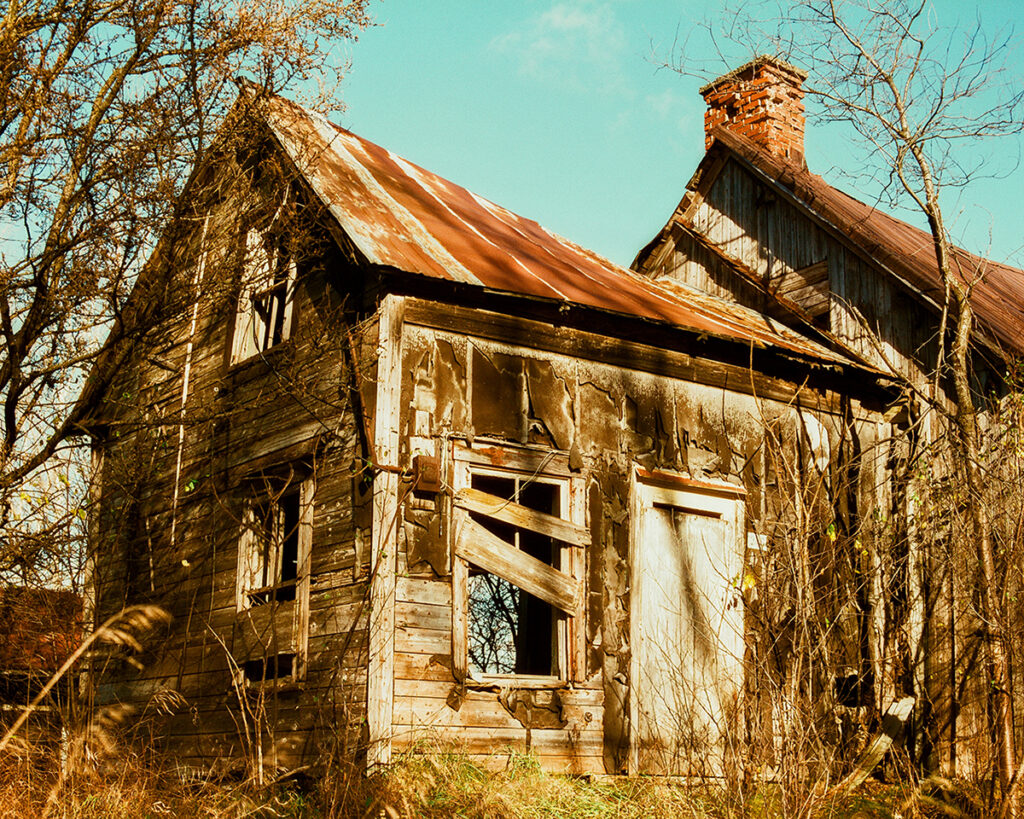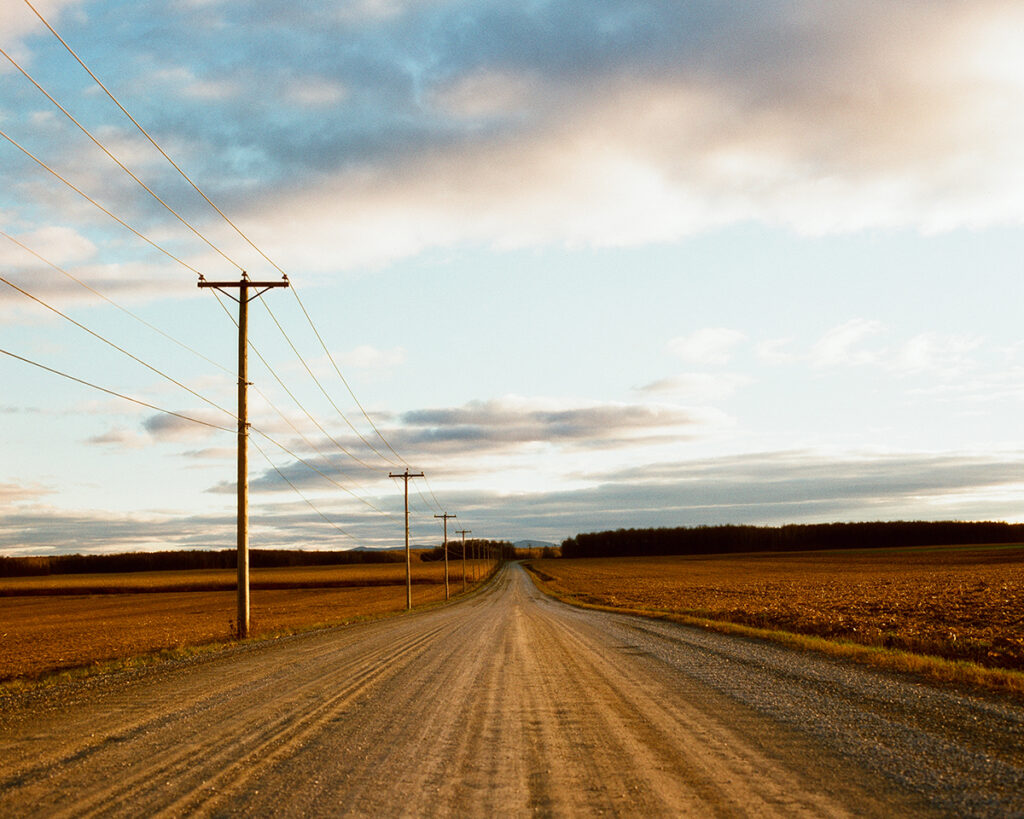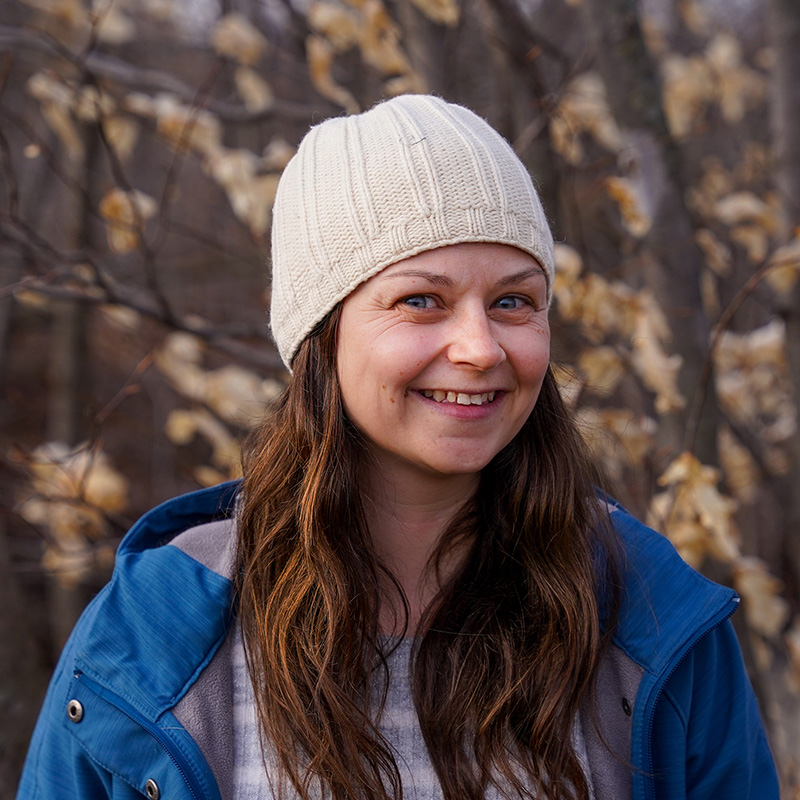Photo by Jody Andrasi
The arrival of Harman Phoenix in 35mm in December 2023 was highly anticipated by film photographers; for a few years it felt like everywhere we looked, film stocks were being discontinued, so this good news was a refreshing change.
Clearly, I wasn’t the only one who was excited. I had already seen and heard so much about this new emulsion online, but it wasn’t until Harman released it in 120 that I just had to have it.
Spoiler alert: two rolls in, I’m already hooked, and I’m thrilled to share my first impressions with you!
After spending a couple of minutes on Google and YouTube, I found a treasure trove of articles and videos, full of tips on how to shoot and process this new experimental film. Underexpose, overexpose, shoot it in bright light, shoot it in subdued light, rate it at 100 indoors… it was a lot to take in, and for some might be a little overwhelming.
Vanguard VEO 3T+ 264CB tripod, Think Tank Mindshift Gear Backlight 26L in Montane Green, photo by Jody Andrasi
My personal approach to shooting with a new-to-me film is to shoot and develop it at box speed and see what changes I’d like to make in the future. However, given the amount of people suggesting to overexpose the film by 1 stop, I wanted to run my own tests!
I decided to load up two rolls simultaneously, one roll in my Mamiya RB67, and the other in my Rolleiflex 2.8e. The shots taken with the Mamiya were rated and developed at ISO 200—pretty straightforward, nothing fancy here. The Rolleiflex, however, would serve as my testing ground where each shot would be taken twice, first rated at ISO 100, and then again at 200, to provide a true side-by-side comparison.
Both rolls were developed and scanned at Borealis in Montreal, on a Noritsu HS1800 scanner. They were shot over two days, one day was clear and sunny, and the other under a variable sky to see how well the colours would hold up under different conditions.
Rolleiflex 2.8e, Think Tank Mindshift Gear Backlight 26L in Montane Green, photo by Jody Andrasi
Let’s start with a couple of images from the Rolleiflex first. For comparison’s sake, I didn’t do any post-processing on them, they are all straight from the scanner. When it comes to post-processing, it honestly depends on how I’m feeling that day as to how the final image will look, so leaving them as-is felt like a fairer representation of what the film can (and can’t) do.
Rolleiflex 2.8e, ISO 100: f/8 1/60, ISO 200: f/8 1/125
Looking at this shot of a big willow tree growing in a ditch between two fields, I was surprised to see the differences that 1 stop made. Even though the images aren’t miles apart in terms of tone and the overall look, I thought the differences would be more subtle.
Personally, I prefer the saturation of colours better at ISO 200 here. They ‘feel’ closer to what it looked like in reality, more orange and blue than yellow and cyan. On the other hand, I do like how ISO 100 yields a bit more shadow detail. I’m torn, but I’ll have to give the win to ISO 200 on this one.
Rolleiflex 2.8e, ISO 100: f/11 1/30, ISO 200: f/11 1/60
Interestingly, the opposite happened in this image of an abandoned bread truck in the woods. The sky was more variable that morning, and the sun may have slipped behind some clouds just as I was advancing the film in between these two shots, but I prefer the ISO 100 version. The loss of shadow detail in ISO 200 is too much for me, and the colours are truer in 100.
Mamiya RB67, Vanguard VEO 3T+ 264CB tripod, photo by Jody Andrasi
I often shoot towards the sun when I shoot colour film, I’m a sucker for light flares and backlit subjects, but with Phoenix I made the conscious decision to shoot either directly away, or at a 90-degree angle to the sun, and I love the results.
Mamiya RB67, Sekor-C 90mm lens, ISO 200, f/8 1/125
Shot with the Mamiya RB67, and my favourite from the roll, is the image of the corn stalks against a dramatic sky, it came out even better than I had imagined it would. The film brought out some orange in the otherwise very dark blue and grey clouds and gives the image a little extra ‘oomph’.
Mamiya RB67, Sekor-C 90mm lens, ISO 200, f/16 1/125
This image of the power lines is a close second, everything about this shot is exactly how I remember it, and the shadows and highlights are nicely balanced. This was shot mid-afternoon, but it has a lovely golden hour look to it.
Mamiya RB67, Sekor-C 90mm lens, ISO 200, f/16 1/125
Another favourite is of a crumbling abandoned house taken just after noon. I am biased when it comes to this subject, it’s one that I photograph a lot, but I find this image to be quite evenly balanced. The highlights are on the verge of blowing out but hold back just enough, and the shadows retained more detail than in some of my other shots. My lens was pointed directly away from the sun, which definitely helped under this bright midday light.
All in all, I’m already impressed with the results I got from Phoenix from these first two rolls. It’s a quirky but fun film to shoot, and one that will surely find its way into my camera bag again and again. At first, I was a little worried about the limitations of its latitude and it’s pronounced grain structure that I had heard so much about online, but as it turns out there was nothing to be afraid of—it reminds me of shooting slide film.
Mamiya RB67, Sekor-C 90mm lens, ISO 200, f/11 1/125
I photograph mainly in woodland and rural settings, and I think this is a perfect film to compliment those places. I still have one roll left (for now!) to experiment a little more with, but you’ll have to keep an eye on my YouTube channel and Instagram page for those results!
Discussed Items
ABOUT THE AUTHOR – JESS HOBBS
Hi! My name is Jess Hobbs, and I am a film photographer living in the Eastern Townships of Quebec. These days I mainly shoot woodland scenes and farmscapes, but I am no stranger to the streets and festivals of Montreal! I also enjoy creating videos for my YouTube channel @jesshobbsphoto about my photographic adventures, and was most recently featured in Ilford’s #MyFilmStory series, which you can watch here! I’m really excited to be joining the PHOTONEWS team, and look forward to giving you a window into my photographic process and journey, wherever it may take me!
Currently based out of the Eastern Townships of Quebec, Jess shoots predominantly with film and focuses on creating images that are both technically sharp and emotionally stirring by exploring subject matter and concepts with deep personal meaning. Presenting the world she sees and lives, her hope is to encourage and motivate others to become more in tune with their own surroundings in a world that is saturated with constant distractions and disposable dreams. It is through her images that Jess copes with change on social, environmental, and personal levels while attempting to preserve pieces of the past.
You can also find her on Instagram and YouTube @jesshobbsphoto.



